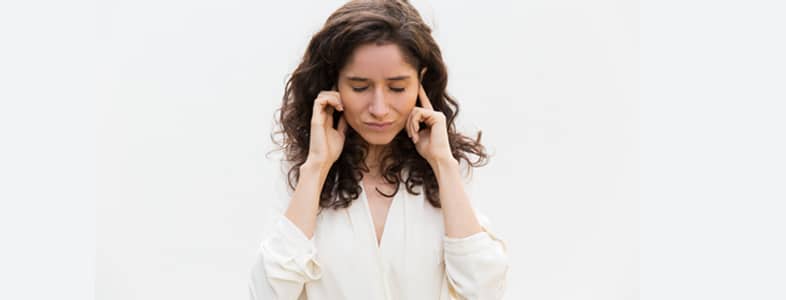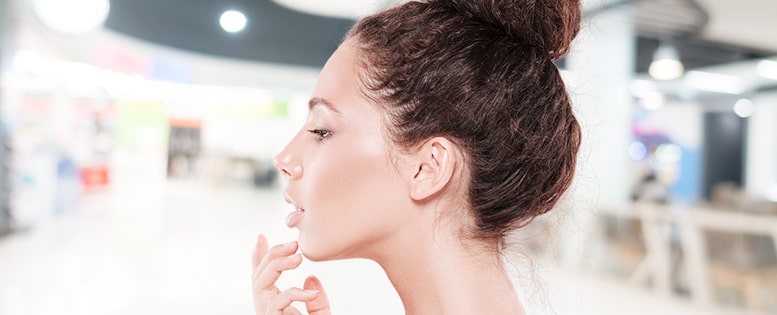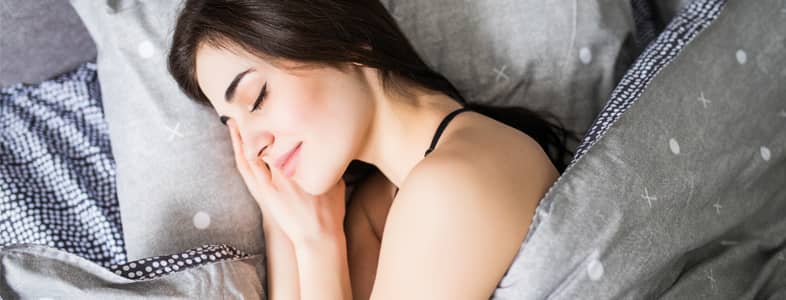
In this blog post, San Diego rhinoplasty surgeon Dr. Vincent Marin explains the causes of increased ear pressure after rhinoplasty and advises patients on how long this side effect may last.

Want to know more about Rhinoplasty?
Marin Aesthetics’ top plastic surgeon, Dr. Vincent Marin can address nasal problems and malfunctions with nose job to patients in La Jolla.
What Causes Increased Ear Pressure after Rhinoplasty?
There are a couple of potential causes of increased ear pressure, the sensation that the ears are clogged and the inability to clear the ears.
- Swelling: The first cause of increased ear pressure after rhinoplasty is swelling around the back of the nose; the inflammation could block the Eustachian tubes, which connect the middle ear to the back of the throat and are responsible for draining fluid and regulating the pressure in the ears. Any time there is swelling near the Eustachian tubes, such as when a patient has a cold, allergies, or sinus problem, the tubes can become obstructed, resulting in pressure changes in the ear.
- Nasal packing: Nasal packing in the nostrils has been shown to affect middle ear pressure in rhinoplasty patients.

Tips to Reduce Swelling & Inflammation After Plastic Surgery
Read Dr. Marin’s advice to patients after having their plastic surgery procedure. These tips can help in reducing the swelling and inflammation after any procedure.
When Will the Ear Pressure Go Away?
The altered sensation in the ears will resolve itself in the first week or two after rhinoplasty. To accelerate healing and reduce inflammation, patients may adopt a low sodium diet, apply an ice compress to the nose area, and keep the head elevated (even when sleeping) for the first couple of days after surgery. As the nose’s swelling goes down, the ear pressure will even out and return to normal.
When nasal packing causes increased ear pressure, the clogged sensation is relieved when the packing is removed.
How Can I Relieve Ear Pressure?
Although the increased ear pressure should be completely gone two weeks after surgery, some patients find it bothersome during recovery. Here are some ways to help clear the ears after rhinoplasty:
- Yawning
- Chewing gum
- Taking over-the-counter pain medication
- Taking oral antihistamines
- Use of a nasal steroid medication
- The application of a warm washcloth to the ears
- The use of a heating pad against the ear (be sure to place a towel between the head pad and your head and use caution to avoid burns)
What Should I Do if the Ear Pressure Doesn’t Subside?
Once the nasal packing is removed and the nasal swelling has faded, ear pressure should be expected. Rarely, rhinoplasty patients complain of continued ear pressure. If this is the case, the ear pressure may be unrelated to rhinoplasty surgery, and patients should schedule an appointment with an Ear, Nose, and Throat doctor for an evaluation.
*The content in this blog is developed to spread the awareness towards plastic surgery. Our blog is not intended to serve as a replacement for an actual in-office consultation with Dr. Marin. As such, the information within this blog reflects the unique cases of our individual patients.
Comments are closed here.